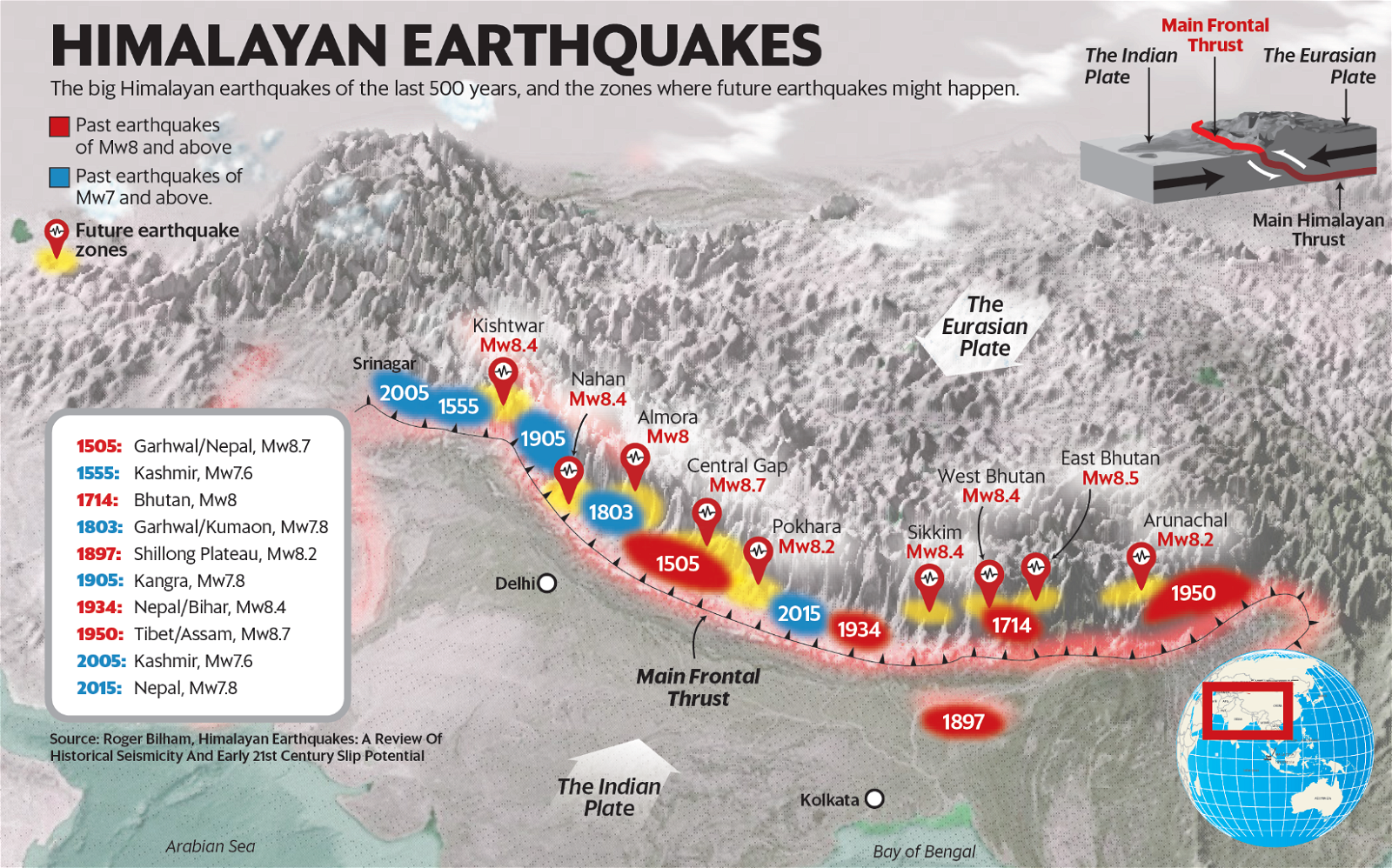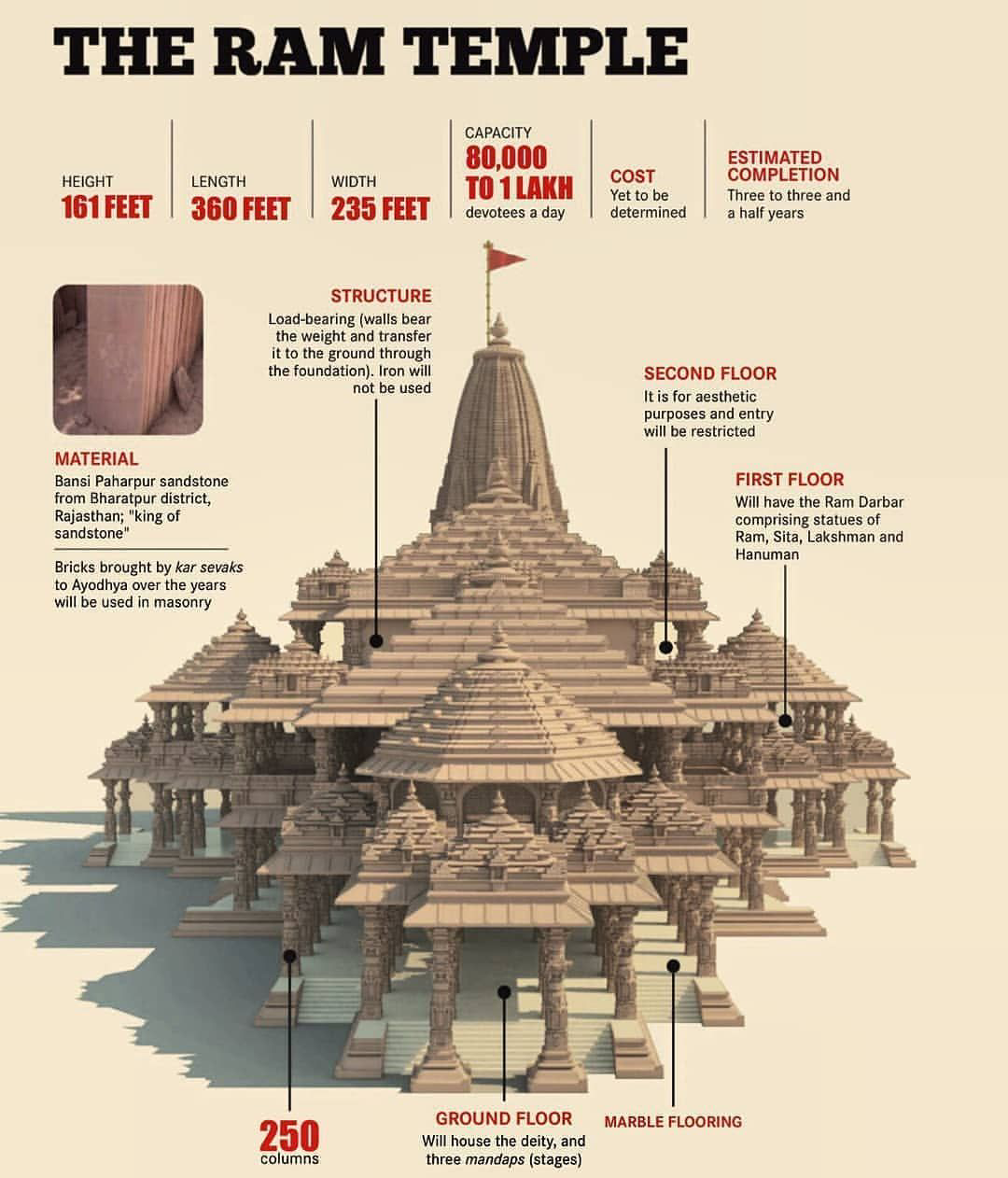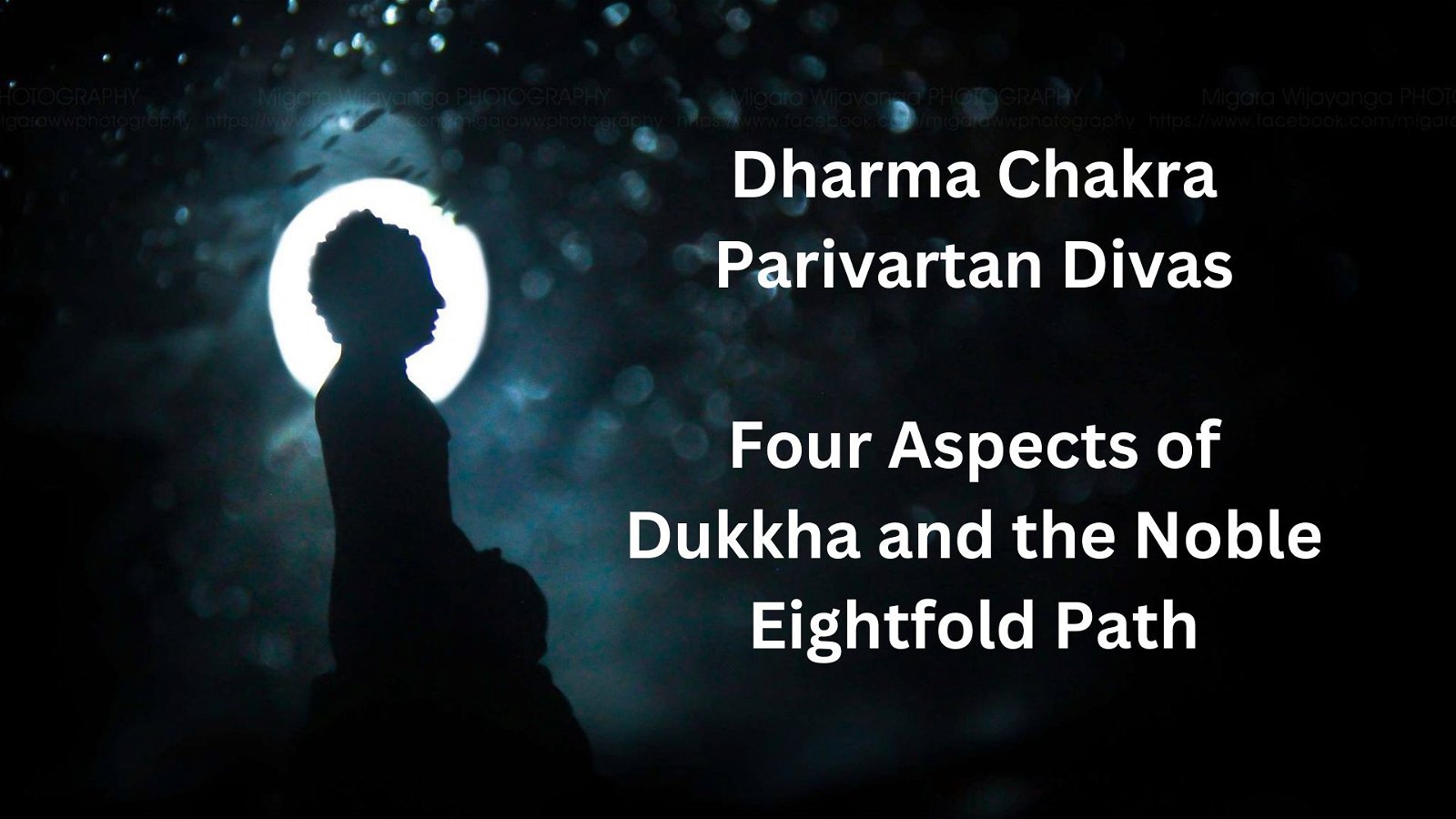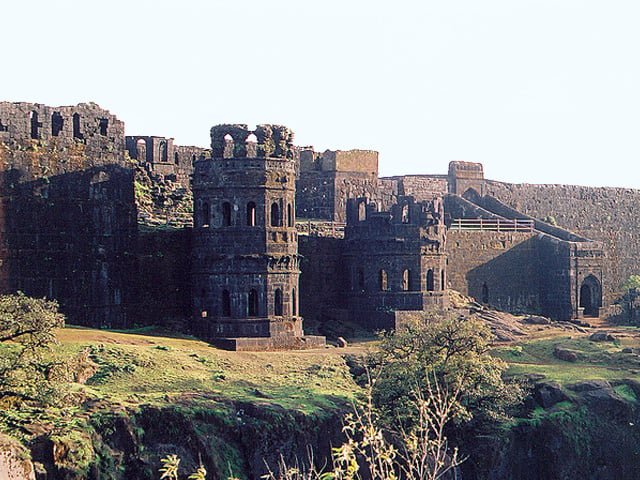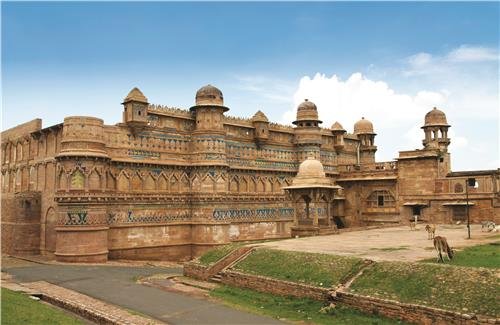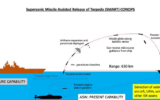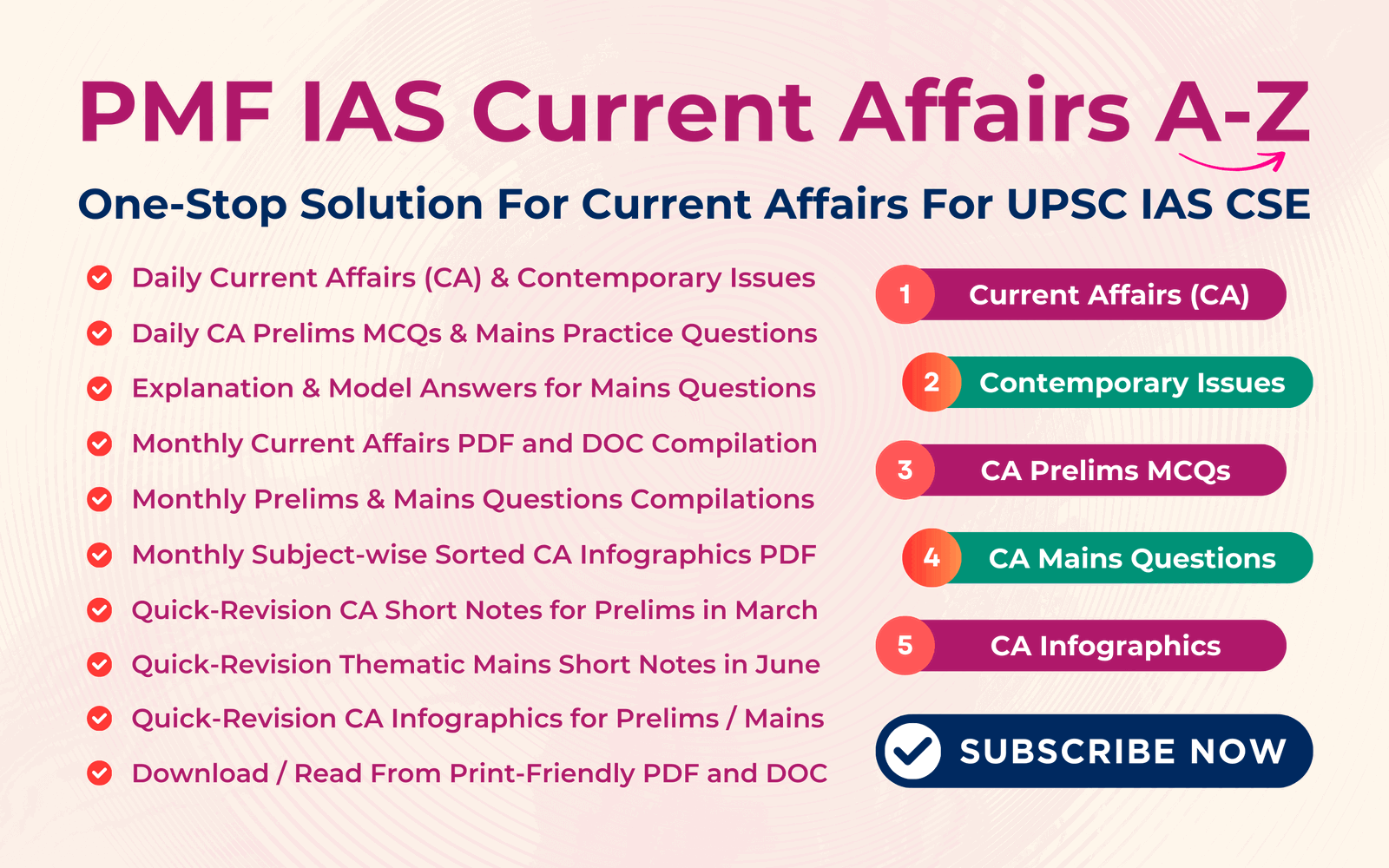
Twin Cyclones
Subscribers of "Current Affairs" course can Download Daily Current Affairs in PDF/DOC
Subscribe to Never Miss an Important Update! Assured Discounts on New Products!
Must Join PMF IAS Telegram Channel & PMF IAS History Telegram Channel
- Context (DTE | IE | IT): Twin cyclones Tej (over Arabian Sea) and Hamoon (over Bay of Bengal) developed over the north Indian ocean.
- Twin cyclones are two tropical cyclones that develop simultaneously in the same region.

Reasons for Formation of Twin Cyclones
Equatorial Rossby Waves
- Oceanic and atmospheric rossby waves (or Planetary waves) occur due to the Earth’s rotation (Coriolis Force). These waves occur in rotating fluids.
- Oceanic rossby waves are huge waves in the ocean with wavelengths of around 4,000–5,000 kms.
- This system consists of a vortex in the northern hemisphere mirrored by a corresponding one in the southern hemisphere.
- The northern vortex spins counterclockwise with a positive spin, while the southern vortex spins clockwise with a negative spin.
- Both have positive value of the vorticity which is a measure of the rotation.
Madden-Julian Oscillation
- MJO is an eastward moving trough (series of thunderstorms) in the tropics that recurs every 30 to 60 days.
- The MJO consists of enhanced rainfall convective phase and suppressed rainfall convective phase.
- During enhanced phase, increased cloud cover reduces solar radiation reaching the ocean surface, leading to cooling effects.
- Conversely, during the suppressed phase, reduced cloud cover allows more solar radiation to penetrate the ocean, leading to warming of SSTs.
Fujiwhara Effect
For details on Fujiwhara Effect > PMF IAS August, 2023 CA |

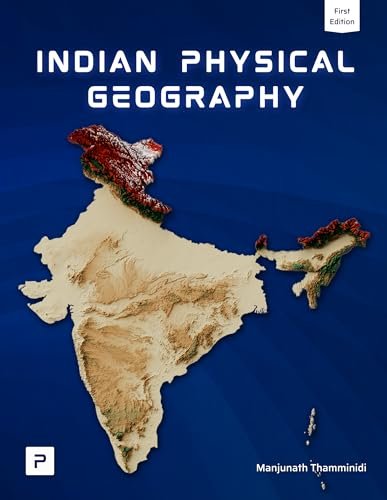
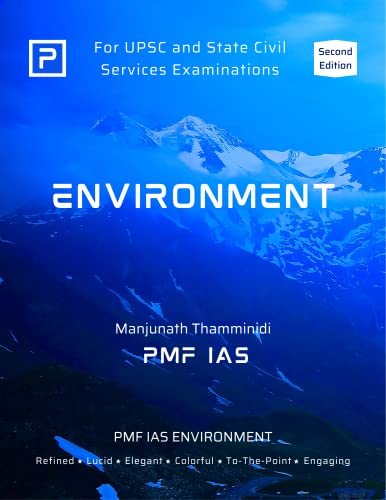
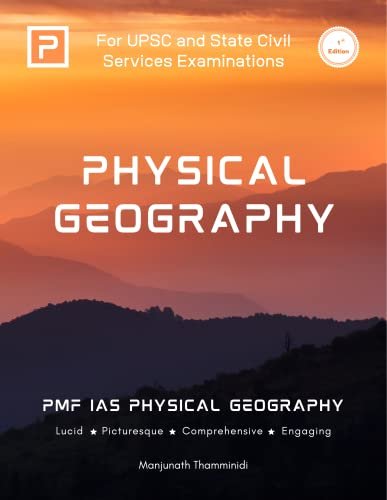

![PMF IAS Environment for UPSC 2022-23 [paperback] PMF IAS [Nov 30, 2021]…](https://pmfias.b-cdn.net/wp-content/uploads/2024/04/pmfiasenvironmentforupsc2022-23paperbackpmfiasnov302021.jpg)


